One of the ways to improve the insulation performance of the walls being erected is to use a brick with insulation inside. It will also help to save on the amount of used building materials and reduce the noise level in the home. Outside, the building will have a presentable appearance thanks to the use of special types of bricks for facing.
The choice of insulation
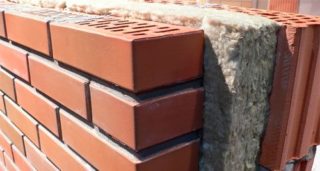
The best performance will be possessed by layered masonry with the use of effective internal insulation. A number of requirements are imposed on it. First, in accordance with fire safety regulations, the material must be non-flammable. Secondly, it must have sufficient thermal conductivity to protect the interior at the lowest winter temperatures typical for the area. The value of this parameter is indicated on the packaging or in the accompanying documentation. When compared with the temperature minima of the region, it is possible to determine how thick a layer of insulation is required. It is also necessary that the material passes steam well. Otherwise, water droplets will accumulate in its thickness, and this reduces the thermal conductivity.
Mineral wool
Buildings are insulated with different materials containing mineral fibers. They are produced by centrifuging basalt or glass, previously melted. Fire resistance and excellent thermal insulation properties make these materials attractive. The latter are due to the porous structure of the insulation. The only drawback of mineral wool is its susceptibility to dampness. Because of this, during installation, you will have to take care of the organization of the waterproofing layer.
Expanded polystyrene
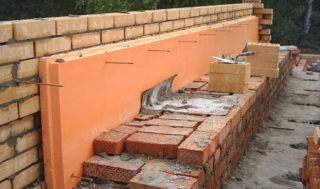
It is used both in sheet form and in the form of free-flowing granules. It has no fire resistance. When an open fire hits the wall, polystyrene foam melts; after the incident, the dwelling will require restoration with the replacement of the outer layer of brick. The substance is impervious to moisture. Another advantage is its lightness: thanks to this, it is used when the foundation of a building cannot be overloaded.
Bulk insulation
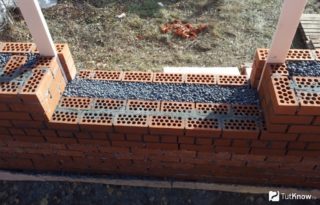
In well masonry with insulation, it is sometimes used to pour expanded clay or slag into the gaps. Such a move attracts by the simplicity of the organization and the cheapness of the material itself. However, in terms of thermal insulation properties, these substances are inferior to mineral wool and expanded polystyrene. Slag mounds, in addition, absorb a lot of water, which also does not improve performance.
Expanded polystyrene in bulk is good because it has minimal hygroscopicity.
Types of masonry walls with insulation inside
Lightweight well masonry
This design is based on a pair of brick walls, parallel to each other and located at a distance of 0.15-0.3 m. In some places, they are connected to each other by horizontal surfaces consisting of one row of heat-insulating bricks.They can be equipped with different frequencies (every 0.7-1.2 m of the vertical plane). The gaps from one partition to another are filled with insulation. As a rule, bulk materials are used for this - crushed stone, expanded clay or sand. Having filled the well to half, the embankment must be tamped so that the particles are located more densely. Some types of insulation are supposed to be coated with concrete and protected from shrinkage with a special reinforcing structure. It is impossible to leave bare wells in the upper part of the building - they must be closed with several rows of laid bricks. It is permissible to equip an air gap in the thickness of the wall. These can be narrow strips of empty areas between the walls (no wider than 5-7 cm). They prevent the accumulation of moisture in the insulation. It is recommended to make the thickness of the interlayer equal to 2 cm.
Construction of a three-layer wall structure
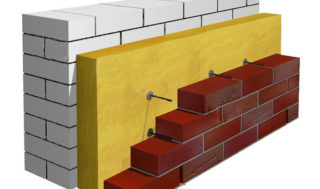
The design of a three-layer brick wall with insulation assumes a gap between the inner (bearing) and front rows. At some intervals, they are connected with reinforcing metal elements. A layer of insulation is laid in the formed gap. With this design, the inner layer can also be aerated concrete or made of cinder blocks. It implements the load-bearing function for the roof, as well as for partitions between floors. In terms of thickness, multi-layer masonry walls of 640 with insulation are most often practiced. But the indicator may differ up or down.
The outer wall performs a facing function, creates an attractive appearance, and also protects the insulation material from environmental factors that negatively affect its performance. It is made from special decorative bricks.
Required tools and materials
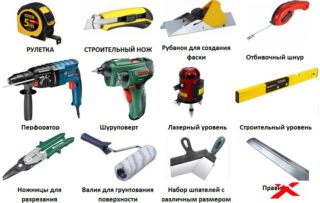
Before you start laying brick walls with insulation, it is necessary to prepare a drawing, which indicates the relative position of the elements, the main dimensions and distances. You also need to stock up on a sufficient amount of insulation. You can use the table of thermal conductivity of basic materials. The higher the value of this parameter, the thicker the insulation layer should be.
You will also need the following tools to carry out the work:
- reinforcing mesh;
- container for the mixture;
- waterproofing from rolled bituminous materials;
- construction anchor bolts;
- level;
- putty tool;
- trowel;
- plumb line.
It is necessary to stock up on bricks for the construction of the wall structures themselves. With three-layer masonry, the front part is made of special cladding grades.
The technology of building walls with insulation inside
When the height of the load-bearing part reaches about one meter, they begin laying out the outer wall with a facing layer. At the same time, the distances indicated in the drawing are observed. There should be a space between the two walls where the insulation will be poured or fastened. They can be connected with brick lintels or reinforcing anchor ties.
Having assembled the connecting components, they backfill or fix the insulation. If materials are used in sheet form, they are installed in the gap, and then fastened to the load-bearing wall using dowel nails with plastic caps. Having installed the insulation, they continue to lay out the next rows of both walls to a height of 0.6-1.2 m. After that, the lintels and the placement of the heat-insulating material are again organized. This continues until the walls reach the required height.
Three-layer insulated walls are well suited for areas with cold winters.From the outside, such a building looks like a solid brick wall. The use of facing rocks eliminates the need for painting or other additional coating.

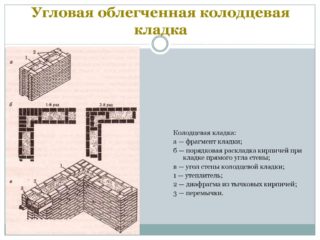
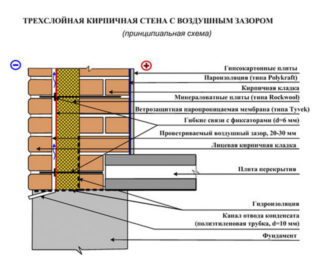
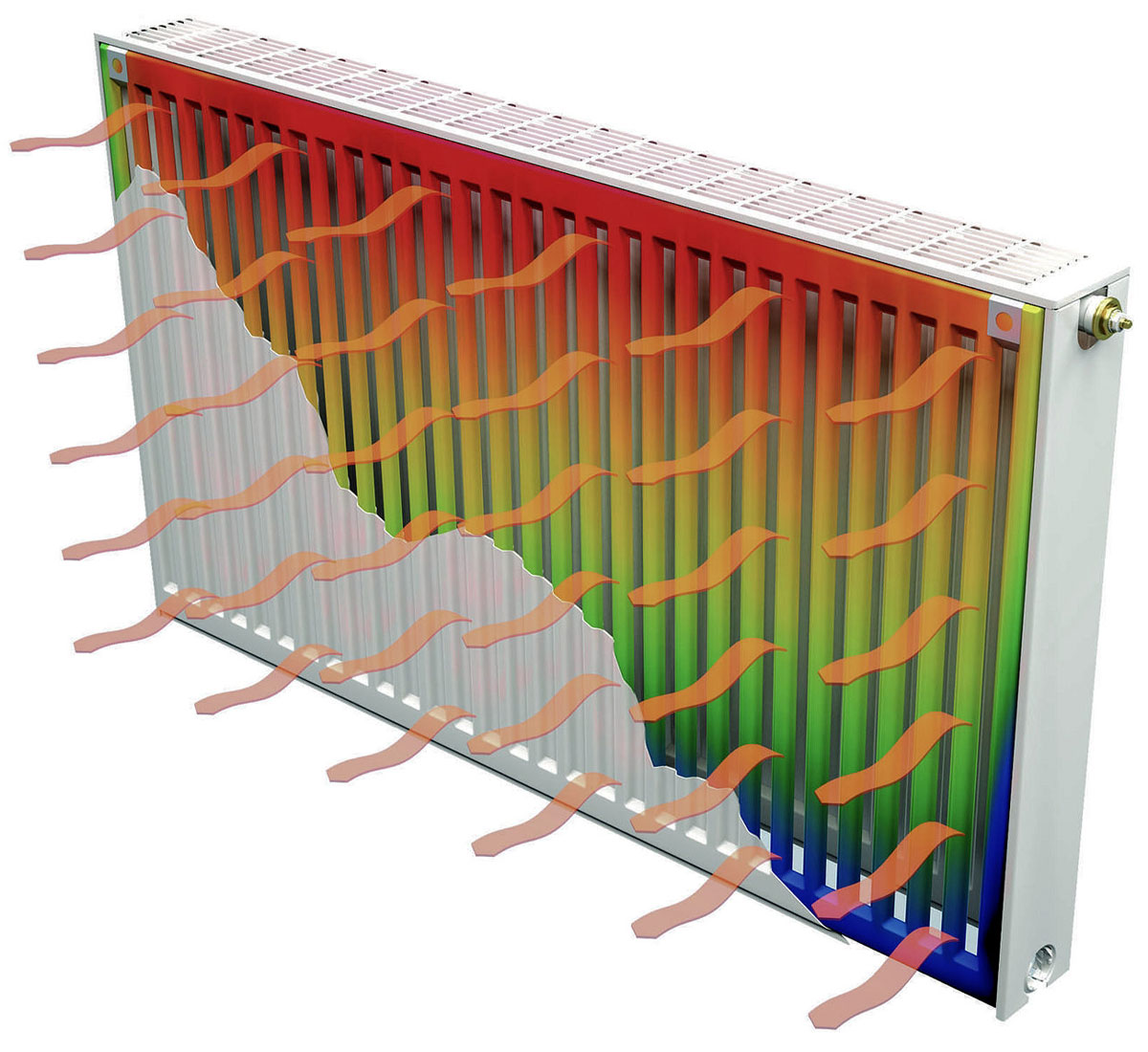
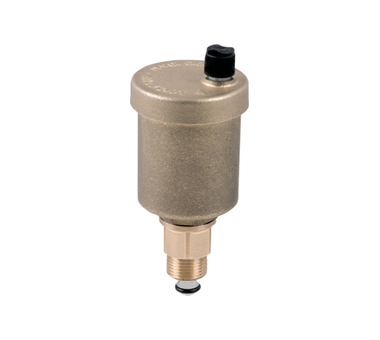
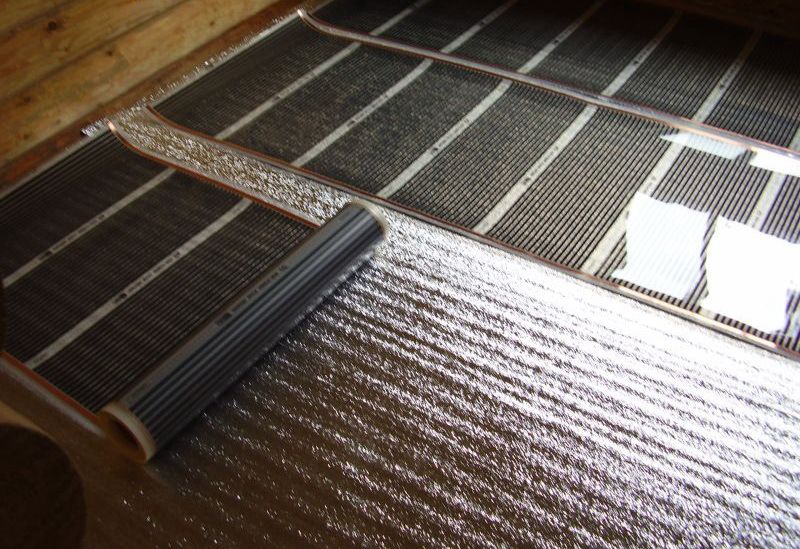
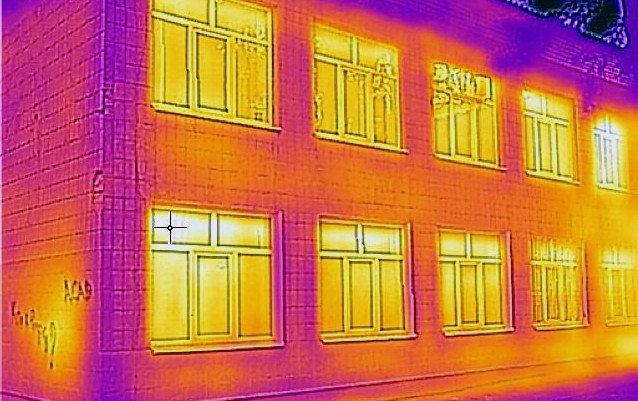

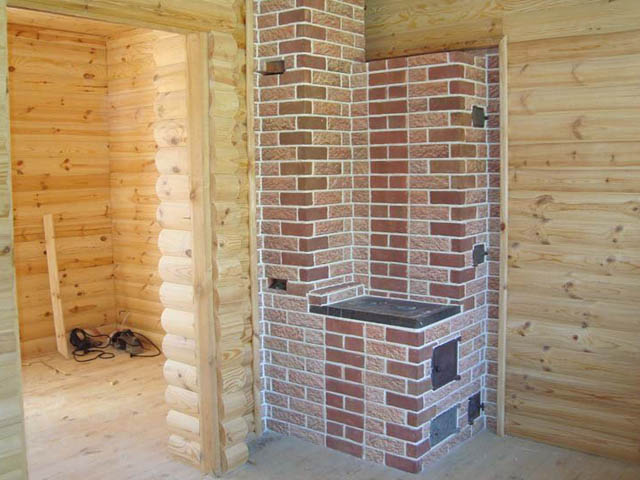
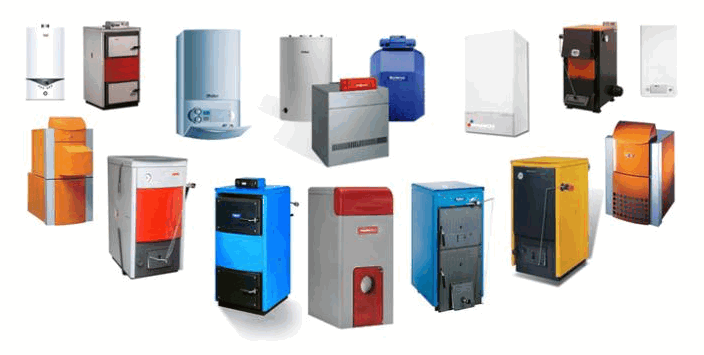
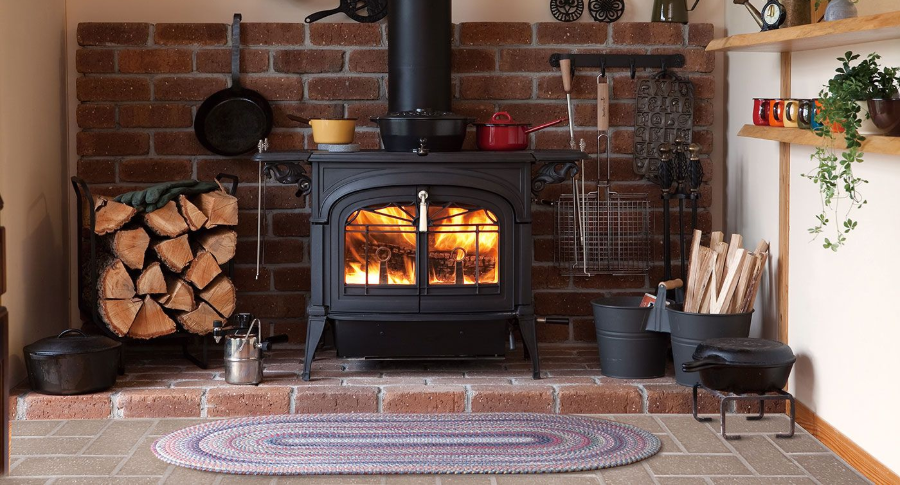
I made "combined" insulation for myself. Facing brick, basalt bonds were immediately laid into it, then PS-25 polystyrene 5 cm thick was strung on them, a basalt slab with a density of 75 was strung on it, then the inner wall from the SKTst M150 block was laid, under load-bearing walls 30 cm, non-bearing 20, partition 40 cm. Due to the unevenness of the mortar between the polystyrene and the facing brick, a ventilation gap of 3-6 mm was obtained, all the gaps between the sheets were foamed (although there were not many of them, about 10%), the basalt slab interspersed with polystyrene, due to its "fluffiness" completely eliminates drafts between the polystyrene and inner wall. Something like this….
It turned out that the mineral slabs do not have ventilation, being tightly walled up between the brick wall and the PPS ..